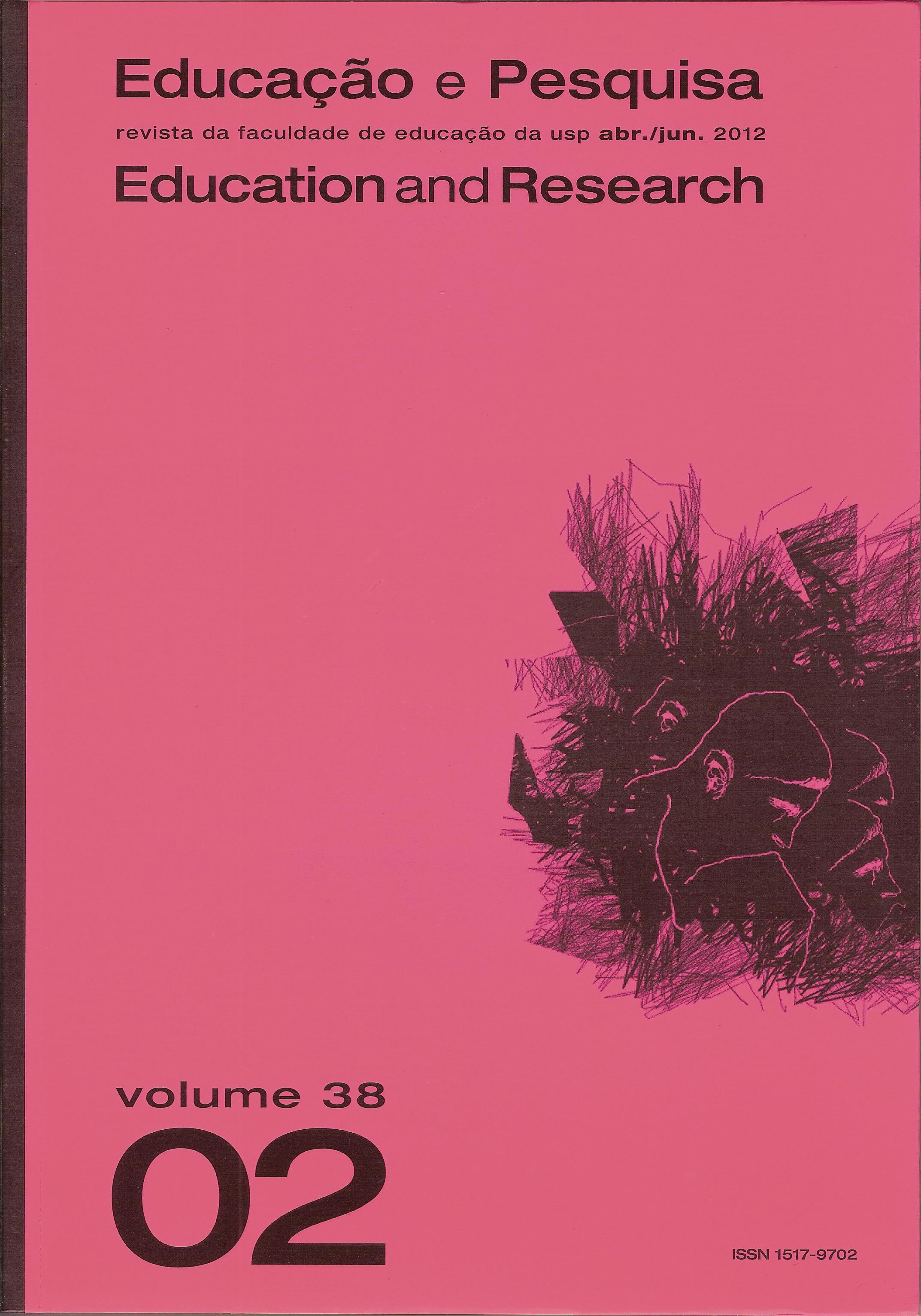Agroecology, sustainable consumption and collective learning in Brazil
DOI:
https://doi.org/10.1590/S1517-97022011005000008Keywords:
Agroecology, Consumerism, Environmental education, Sustainability, Learning communityAbstract
What happens when consumers and agro-ecological producers adopt an economic practice alternative to conventional consumption? This article characterizes and analyzes the learning communities which exist within this type of economic practice. The case study of Trocas Verdes (Green Exchange), - a group of collective consumption of agro-ecological products, located in Campinas (SP) - in the context of family farming in Brazil, has shown that economic exchanges are also exchanges of knowledge. Moreover, these exchanges constitute a praxis in environmental education. To determine the educational potential which exists in the articulation of a practice of collective consumption, we have used the three dimensions of sustainability - economic, social and environmental - as categories of analysis. Based on the participatory research methodology, we have observed that in the direct sale of agro-ecological products to groups of consumers that are organized independently or self-managed, this economic practice also characterizes a process of critical environmental education, because it allows learning collectively the socioeconomic reality of the actors involved. The socio-economic dynamics are learnt by the consumers and researchers working in the trade, and thus it is possible to conclude that this practice promotes collective learning. This study confirms that an important factor for the existence of learning communities is the self-management of social organizations.Downloads
Download data is not yet available.
Downloads
Published
2012-06-01
Issue
Section
Articles
License
Authors assume exclusive responsibility for the concepts expressed in their articles, which do not necessarily reflect the journal’s opinion.
Permission to photocopy all or part of the material published in the journal is granted provided that the original source of publication be assigned.
How to Cite
Agroecology, sustainable consumption and collective learning in Brazil. (2012). Educação E Pesquisa, 38(2), 469-484. https://doi.org/10.1590/S1517-97022011005000008



